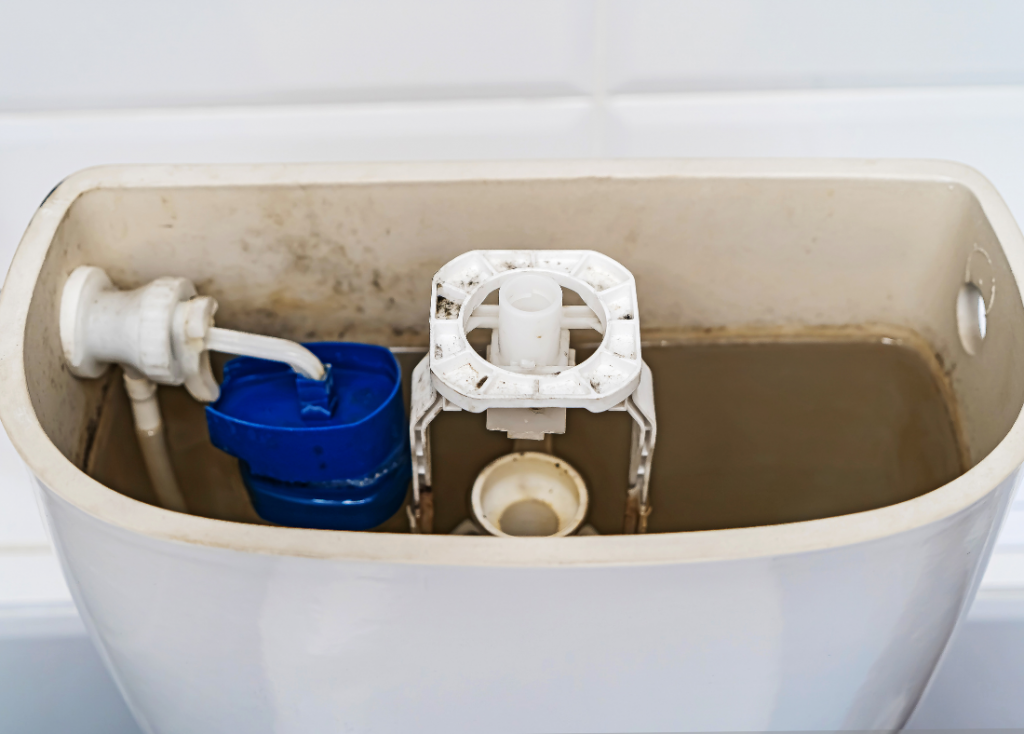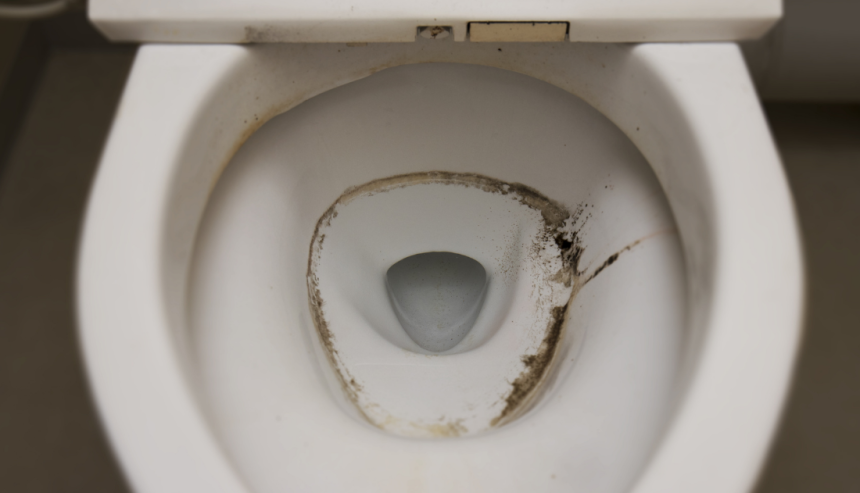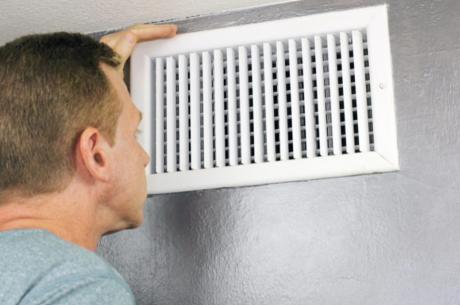How to Prevent and Get rid of Mold in Toilet
As restoration experts, we often encounter various forms of degradation within homes, but few are as persistently problematic as mold in the toilet. This insidious intruder not only mars the pristine appearance of your bathroom but also poses significant health risks. Mold thrives in damp, humid environments, making toilets an ideal breeding ground. Understanding the nature of mold, its causes, and effective remediation techniques is crucial in restoring and maintaining the hygiene and aesthetic appeal of your bathroom sanctuary.
In this post, we will delve into the causes of toilet mold, the health implications it carries, and the best practices for eradication and prevention. Join us as we navigate through the meticulous process of restoring your bathroom to its original, unblemished state.
What Causes Mold Growth in Toilets?
Mold growth in toilets is primarily caused by a combination of moisture, warmth, and organic material. Here are the key factors contributing to mold proliferation in this specific environment:
Humidity and Moisture: Bathrooms are naturally humid environments, especially after showers or baths. The high moisture content in the air can settle on surfaces, creating an ideal breeding ground for mold.
Poor Ventilation: Inadequate ventilation exacerbates humidity levels. Without proper airflow, moisture lingers, increasing the likelihood of mold growth.
Standing Water: Toilets often have small amounts of standing water, especially around the rim and in the tank. This water provides a continuous source of moisture for mold spores to thrive.
Organic Material: Mold feeds on organic matter. In a toilet, this can include residues from human waste, toilet paper particles, and other organic debris.
Temperature: Bathrooms are typically kept warm, creating a conducive environment for mold spores to grow and multiply.
What Type of Mold Can Grow in Toilets?
Several types of mold can grow in toilets, each with distinct characteristics and potential health impacts. The most common types include:
Black Mold (Stachybotrys chartarum): This is perhaps the most infamous type of mold due to its potential health hazards. Black mold thrives in consistently wet conditions and can appear as black or dark green patches.
Pink Mold (Serratia marcescens): Often mistaken for mold, this bacteria thrives in damp environments and appears as a slimy, pink or reddish-orange film, usually around the waterline and on surfaces that remain wet.
Green Mold (Cladosporium): This mold is common in bathrooms and can appear as green or black spots. It tends to grow on damp surfaces and can spread quickly if not addressed.
White Mold (Aspergillus): Often found in bathrooms, this mold can appear white or gray and is sometimes fuzzy. It can grow on a variety of surfaces, including tile grout and the inner parts of the toilet tank.
Blue-Green Mold (Penicillium): This mold can appear blue or green and often grows on damp, cellulose-rich materials. It can also spread to bathroom surfaces if conditions are favorable.
For Mold Removal Service in New Jersey, Call (877) 750-7876
Mold in toilet bowl keeps coming back
Persistent Mold in Toilet Bowls: Causes and Solutions
Causes:
- Continuous Moisture and Humidity: Constant moisture supports mold growth.
- Inadequate Cleaning: Incomplete removal of mold spores allows regrowth.
- Poor Ventilation: Lack of airflow keeps the bathroom humid.
- Mineral Deposits: Hard water leaves deposits that mold can adhere to.
- Organic Residue: Organic materials from waste provide nutrients for mold.
- Mold in Water Supply: Rarely, mold can be present in the water supply.
Solutions:
- Enhanced Cleaning Routine: Use bleach-based cleaners and clean thoroughly, especially hidden areas.
- Improve Ventilation: Use exhaust fans and keep windows or doors open for better air circulation.
- Regular Maintenance: Clean the toilet tank and use tank cleaners.
- Address Water Quality: Test and filter the water if needed.
- Keep the Toilet Dry: Use cleaning tablets and wipe down the bowl.
- Preventative Measures: Add tea tree oil or vinegar to the tank and consider using a dehumidifier.
Is mold in toilet bowl dangerous?
Yes, mold in toilet bowls can be potentially dangerous, especially if left untreated. By taking proactive steps to manage and eliminate mold in your toilet bowl, you can protect your health and maintain a clean, safe bathroom environment.
What causes black mold in toilet bowl?
Black mold in a toilet bowl is typically caused by the presence of mold spores, which thrive in damp, dark environments.
Several factors can contribute to the growth of black mold in a toilet bowl:
- Infrequent Cleaning: Not cleaning the toilet regularly allows mold to grow and spread.
- Stagnant Water: Toilets that are not used frequently can have stagnant water, which provides a perfect environment for mold growth.
- Humidity: High humidity levels in the bathroom can promote mold growth. Poor ventilation can exacerbate this issue.
- Organic Material: Mold feeds on organic material, which can be present in toilet bowls as residues from waste.
- Leaks: Leaky toilets can create additional moisture, contributing to mold growth.
- Water Quality: Certain types of water can contain higher levels of minerals or organic material, which can provide nutrients for mold.
To prevent black mold, ensure regular cleaning, improve bathroom ventilation, fix any leaks, and consider using mold-resistant cleaning products.

How to prevent mold growth in the toilet
Preventing mold growth in your toilet involves a combination of good cleaning habits, proper ventilation, and occasional use of preventive products. Here are some effective strategies:
Preventive Measures:
Regular Cleaning:
Clean the toilet bowl thoroughly at least once a week using a disinfectant or bleach-based cleaner.
Make sure to scrub under the rim and around the waterline where mold is likely to form.
Improving Ventilation:
Use an exhaust fan during and after showers to reduce humidity.
Keep the bathroom door or windows open to improve air circulation.
Drying the Toilet:
After cleaning, wipe down the toilet bowl and surrounding areas to remove any moisture.
Ensure the bathroom is dry after use, particularly around the toilet area.
Using Preventive Products:
Place a toilet bowl cleaner tablet that contains bleach or other disinfectants in the tank to continuously combat mold and bacteria.
Add a few drops of tea tree oil or vinegar to the toilet tank periodically; both are natural mold inhibitors.
Maintaining the Toilet Tank:
Regularly clean the toilet tank as mold can grow there and spread to the bowl.
Consider using a tank cleaner that releases cleaning agents with each flush to keep both the tank and bowl cleaner for longer.
How to get rid of toilet mold
If mold has already formed in your toilet, follow these steps to effectively remove it:
Steps for Removal:
Initial Cleaning:
Flush the toilet to reduce the water level in the bowl.
Apply a bleach-based cleaner or a specialized mold removal product to the affected areas, ensuring it reaches under the rim and other hidden spots.
Scrubbing:
Use a toilet brush or a scrub brush to thoroughly scrub the moldy areas. Pay extra attention to the rim, under the lip, and any other areas where mold is visible.
For stubborn mold, a pumice stone can be used gently to scrub away tough stains and mineral deposits.
Disinfecting:
After scrubbing, let the cleaner sit for at least 10-15 minutes to ensure it kills all mold spores.
Flush the toilet to rinse away the cleaner and any loosened mold.
Cleaning the Tank:
Lift the lid of the toilet tank and inspect for mold. If mold is present, drain the tank and clean it using a bleach solution (1 cup of bleach in 1 gallon of water).
Scrub the inside of the tank thoroughly and let the solution sit for 10-15 minutes before rinsing and refilling the tank.
Preventive Cleaning Routine:
Incorporate a routine cleaning schedule to prevent mold from returning.
Use preventive products like bleach tablets or natural inhibitors (tea tree oil, vinegar) in the toilet tank to keep mold at bay.
Dealing with mold in the toilet is a common issue, but with the right knowledge and consistent effort, it can be effectively managed and prevented. Mold thrives in damp, humid environments, making the bathroom a prime target. However, by implementing regular cleaning routines, ensuring proper ventilation, and using preventive products, you can significantly reduce the likelihood of mold growth.
Remember to address any underlying issues such as leaks or poor ventilation, and consider natural mold inhibitors like tea tree oil or vinegar as part of your maintenance routine. By staying vigilant and proactive, you can keep your toilet and bathroom clean, hygienic, and free from mold, ensuring a healthier living environment for you and your family.
Call Us for Expert Mold Removal in New Jersey – (877) 750-7876
Living in a mold-infested home can be a nightmare. Fortunately, PuroClean Emergency Recovery Services New Jersey is here to help. With years of experience and a team of skilled professionals, we have the expertise you need to eliminate and prevent mold in your home and give you a fresh start. From identifying the cause to implementing effective remediation strategies, our team has the knowledge and tools to make your home mold-free. Don’t put off your mold concerns any longer. Get in touch with us today at (877) 750-7876 and start enjoying a cleaner, fresher, and healthier living space!



